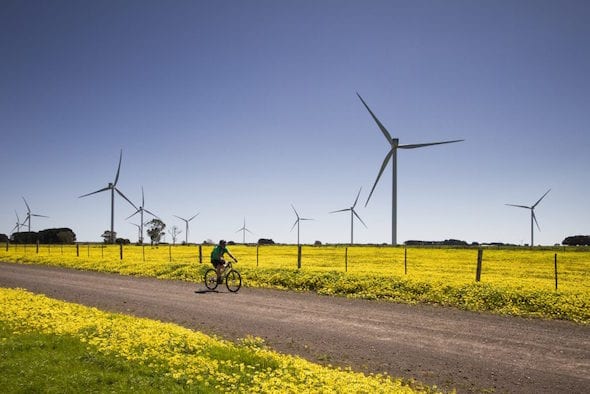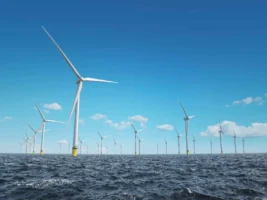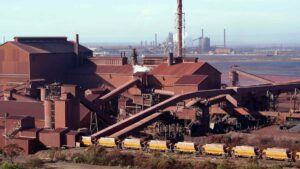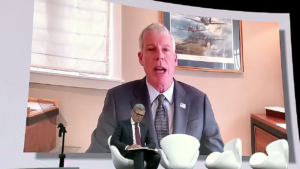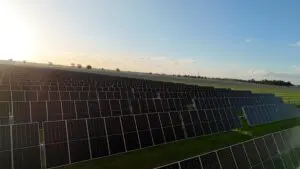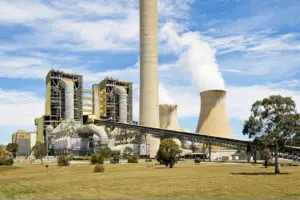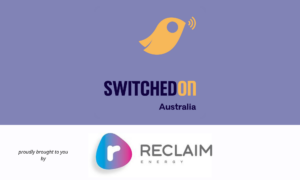The former head of Australia’s Clean Energy Finance Corporation, Oliver Yates, is teaming up with the former ACT climate and energy minister Simon Corbell in a new venture called the Clean Energy Derivatives Corporation, which is set to emerge as a major new player in renewable energy markets.
Yates, Corbell and John Smith were announced as directors of the CEDC on Monday as the new company prepares for a capital raising ahead of its entry into Australia’s energy markets, which will tap into Australia’s huge pipeline of wind, solar, and storage projects by offering to remove market risk.
The idea is to provide revenue certainty for renewable energy developers by effectively writing its own “contracts for difference” – a mechanism used by the ACT government in its pursuit of 100 per cent renewables and since adopted by the Victoria and Queensland government.
The CEDC is looking to raise around $250 million from local and international investors in its first fund, which CEO Ashleigh Antflick says would be enough to underwrite around 450MW of new renewable and storage projects.
Effectively, the company will provide contracts over and above those offered by the energy retailers under the soon-to-end national renewable energy target and the various state-based targets, and the emerging corporate market.
“The CEDC will provide price stability to clean energy generators by entering into cash backed long term contracts for difference,” said Yates, who will chair the company.
“This will facilitate the much needed new generation infrastructure that will be essential if we are to stay below 2 degrees of warming, and meet our Paris climate commitments.
“With an energy market still lacking clear policy direction, the CEDC can provide the economic certainty investors need to invest in new clean energy generators now.”
Corbell, who pioneered the use of contracts for difference while running the ACT’s renewable energy and climate policy, said the structures had gained wide industry acceptance since the first ACT renewable energy auctions.
“The CEDC will provide additional impetus to the reverse auctions being held by State governments. The CEDC can compliment these programs with private sector capital across more projects.”
He says the CEDC will fill a significant gap in the market by writing its own CfDs, and will be loosely based on the UK-based low carbon fund. He noted many projects are still struggling to sign contracts with big retailers.
“State-based policies are providing very important role in providing an alternative way to market for renewable energy projects,” Corbell told Reneweconomy. “But the state based targets on their own aren’t meeting all of that demand”.
Antflick said the CEDC’s mission is to “accelerate the introduction of additional clean energy in the National Electricity Market by providing long-term price certainty to clean energy generators.” He said the fund raising would start this week and be completed by Christmas.
The CEDC describes itself as a clean energy “fund manager” providing “sculpted risk management products” to large (multi megawatt hour) clean energy generators and their project financiers.
It will use structured derivatives contracts to provide the revenue certainty that is often important in allowing new clean energy generators to enter service.

